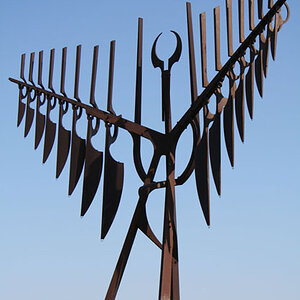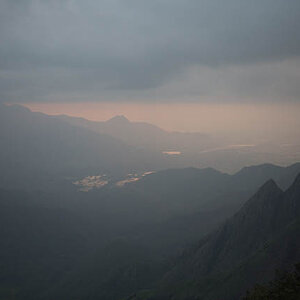JoshC.
TPF Noob!
- Joined
- Nov 14, 2010
- Messages
- 400
- Reaction score
- 6
- Location
- Upstate New York
- Can others edit my Photos
- Photos OK to edit
Hey guys,
I'm curious as too how one would go about calculating the proper exposure time after dark once the camera is set to bulb while shooting manual. Obviously it will be a fairly long time, but what needs to be taken into account and is there some kind of formula?
If it makes a difference, I'm planning to photograph a stream and I'm looking for a very long exposure to get a special look. I know I can get a similar look with just a one second exposure but I want it to be exaggerated.
Any help would be much appreciated
I'm curious as too how one would go about calculating the proper exposure time after dark once the camera is set to bulb while shooting manual. Obviously it will be a fairly long time, but what needs to be taken into account and is there some kind of formula?
If it makes a difference, I'm planning to photograph a stream and I'm looking for a very long exposure to get a special look. I know I can get a similar look with just a one second exposure but I want it to be exaggerated.
Any help would be much appreciated



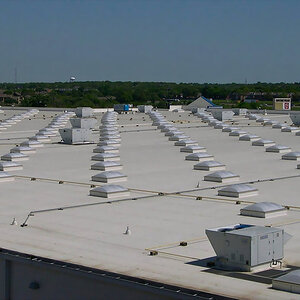
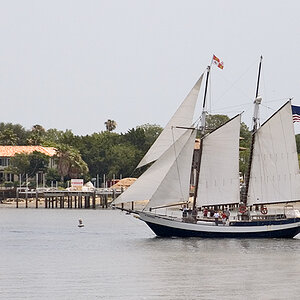
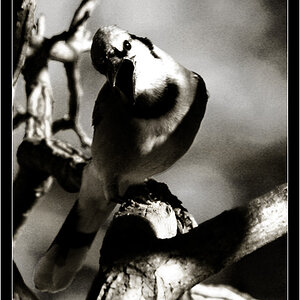
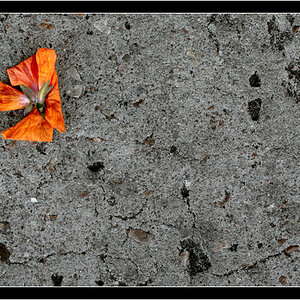
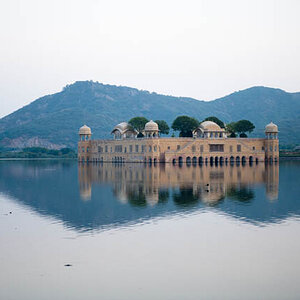
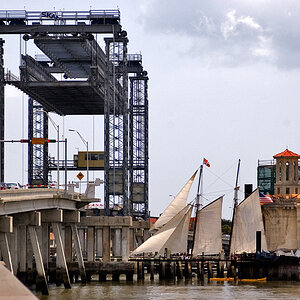
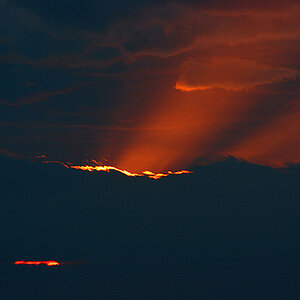
![[No title]](/data/xfmg/thumbnail/42/42468-f720ff996eb9cc6554c0019901223156.jpg?1619740193)
